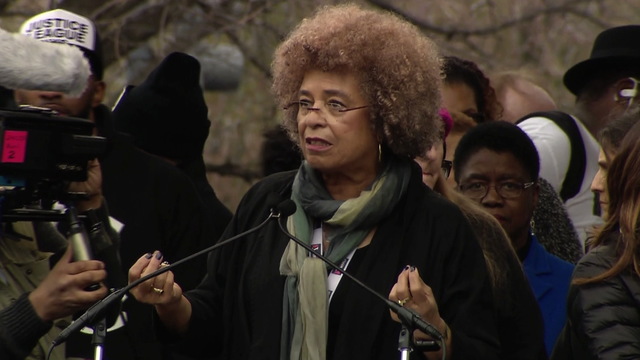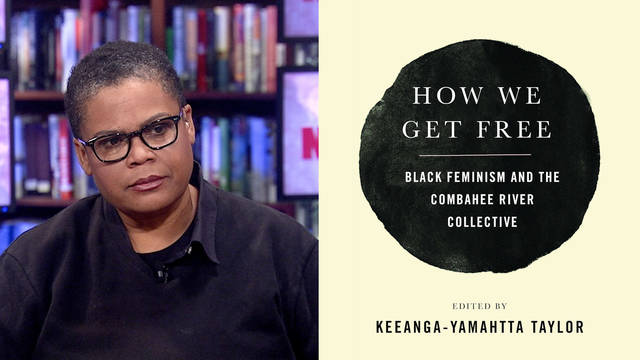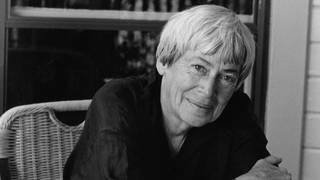Ven. Nyanatiloka (B. Dictionary); Ananda M., Dhr. Seven, CC Liu (eds.), Wisdom Quarterly
 |
| Craving and clinging condition rebirth and pain |
"Death," in ordinary usage, means the disappearance of the vital faculty
confined to a single lifetime.
This means the psycho-physical (mind-body) life-process conventionally called "self, soul, ego, personality" comes to an end.
This means the psycho-physical (mind-body) life-process conventionally called "self, soul, ego, personality" comes to an end.
Strictly speaking, however, death is the continually repeated dissolution and
vanishing at each moment. Who or what vanishes? It is not a "self" but every component (Five Aggregates that are clung to as "self") of the physical-mental combination.
This takes place at every moment. Not the eventual dissolution but this radical impermanence (anicca) is what the Buddha was talking about.
This takes place at every moment. Not the eventual dissolution but this radical impermanence (anicca) is what the Buddha was talking about.
 |
| Babies die before living? Yes. Why?! |
About this momentariness of existence, it is said in The Path of Purification (Vis.M. VIII):
"In the absolute sense, beings have only a very short moment to 'live,' life
lasting as long as a single moment of consciousness lasts.
"Just as a cartwheel, whether rolling or at a standstill, at all times only rests on a single point of its periphery, even so the life of a living being lasts only for the duration of a single moment of consciousness.
"As soon as that moment ceases, the being also ceases. For it is said:
"Just as a cartwheel, whether rolling or at a standstill, at all times only rests on a single point of its periphery, even so the life of a living being lasts only for the duration of a single moment of consciousness.
"As soon as that moment ceases, the being also ceases. For it is said:
- "'The being of the past moment of consciousness has lived, but does not live now, nor will it live in future.
- The being of the future moment has not yet lived, nor does it live now, but it will live in the future.
- The being of the present moment has not lived, it does live just now, but it will not live in the future.'"
 |
| Wait, there's a solution to death? |
 |
| In This Very Life (U Pandita) |
Death, in the ordinary sense, combined with old age, forms the twelfth link in
the formula of Dependent Origination.
For death as a subject of meditation, see the "contemplation of death" or maranānussati; as a function of consciousness, see viññāna-kicca.
For death as a subject of meditation, see the "contemplation of death" or maranānussati; as a function of consciousness, see viññāna-kicca.
The solution is liberation
What is liberation (bodhi)? Awakening from this illusion is "enlightenment," for it is liberation (moksha) from all further rebirth and every kind of suffering.
When one sees this, one develops a sense of urgency about waking up and being free here and now In This Very Life (read it free).
When one sees this, one develops a sense of urgency about waking up and being free here and now In This Very Life (read it free).










 Angela Davis on resisting Trump
Angela Davis on resisting Trump Keeanga-Yamahtta Taylor: What We Can Learn From the Black Feminists of the Combahee River Collective
Keeanga-Yamahtta Taylor: What We Can Learn From the Black Feminists of the Combahee River Collective Now accepting applications for DN! News Production Fellowship
Now accepting applications for DN! News Production Fellowship








 Jan. 22, 2018:
Jan. 22, 2018: 





































































































































































































































































